Home>Furniture>Outdoor Furniture>What Is The Best Camping Hammock
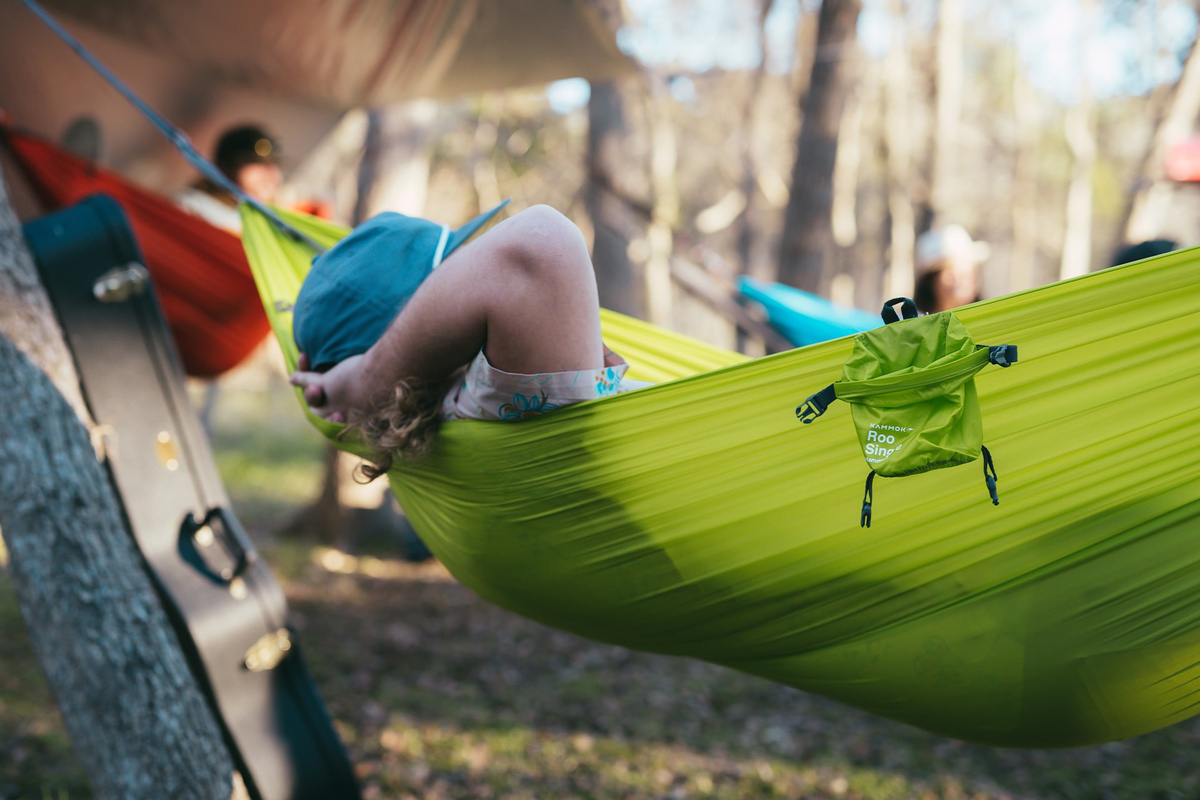

Outdoor Furniture
What Is The Best Camping Hammock
Modified: March 16, 2024
Discover the perfect outdoor-furniture for your camping adventures with the best camping hammock. Relax comfortably and enjoy the great outdoors.
(Many of the links in this article redirect to a specific reviewed product. Your purchase of these products through affiliate links helps to generate commission for Storables.com, at no extra cost. Learn more)
Introduction
Welcome to the world of camping hammocks! Whether you are an avid camper, a nature enthusiast, or simply looking for a comfortable and versatile outdoor seating option, a camping hammock is a must-have accessory for your next adventure. Camping hammocks offer a unique and enjoyable way to relax and sleep in the great outdoors.
Unlike traditional tents, camping hammocks provide a lightweight and compact alternative that takes up minimal space in your backpack. They are easy to set up, offer excellent portability, and allow you to experience the beauty of nature from a different perspective. But with so many options available on the market, how do you know which camping hammock is the best fit for your needs?
In this comprehensive guide, we will explore the factors to consider when choosing a camping hammock, the top features you should look for, and provide a list of the best camping hammocks currently available. We will also discuss the pros and cons of camping hammocks, offer tips for setting them up, and provide guidance on how to properly maintain them.
So, whether you are a seasoned camper or a beginner looking to embark on your first outdoor adventure, read on to discover everything you need to know about choosing and using the best camping hammock for your next trip.
Key Takeaways:
- Choose a camping hammock based on weight capacity, size, material, and comfort features to enhance your outdoor experience and ensure a good night’s sleep.
- Maintain your camping hammock by cleaning regularly, inspecting for damage, and storing properly to ensure its longevity and optimal performance on future camping trips.
Factors to Consider When Choosing a Camping Hammock
When it comes to choosing the perfect camping hammock, there are several factors to consider. Taking these factors into account will ensure that you find a hammock that meets your specific needs and enhances your outdoor experience. Here are some of the key factors to consider:
- Weight Capacity: The weight capacity of the hammock is an essential factor, especially if you plan on sharing the hammock with a partner or have a larger body size. Make sure to check the weight capacity before making your purchase to ensure that it can support your weight comfortably.
- Size and Dimensions: Consider the size and dimensions of the hammock, including its length and width. If you are taller or prefer more spacious sleeping arrangements, opt for a longer and wider hammock. Keep in mind that larger hammocks can be bulkier and heavier to carry.
- Material: The material of the hammock plays a significant role in durability, comfort, and resistance to the elements. Common materials include nylon, polyester, and parachute fabric. Nylon is lightweight and quick-drying, while polyester is more durable and resistant to stretching. Consider the climate and conditions in which you will be using the hammock and choose a material accordingly.
- Suspension System: The suspension system is how the hammock is attached to trees or other support structures. Look for hammocks with adjustable straps or ropes that provide flexibility and ease of setup. Additionally, consider the weight and durability of the suspension system to ensure it can support the weight of the hammock and its occupants.
- Comfort Features: Comfort is key when it comes to choosing a camping hammock. Look for hammocks with added features such as built-in pillows, mosquito nets, storage pockets, or extra padding for enhanced relaxation during your outdoor adventures.
By considering these factors, you can narrow down your options and find a camping hammock that suits your preferences and requirements. Remember that finding the right hammock is a personal choice, so take the time to determine what features are most important to you and your outdoor activities.
Top Features to Look for in a Camping Hammock
When shopping for a camping hammock, it’s important to consider the key features that will enhance your comfort and convenience. Here are some of the top features to look for:
- Integrated Bug Net: Mosquitoes and other insects can be a nuisance when camping. Look for a hammock with an integrated bug net that provides protection from annoying bugs, allowing you to sleep peacefully.
- Tree-Friendly Straps: Opt for a hammock that comes with tree-friendly straps. These straps help prevent damage to trees and make it easier to set up your hammock securely.
- Double or Single Layer Design: Consider whether you prefer a single layer or double layer hammock. Single-layer hammocks are lighter and more suitable for warm weather camping. Double-layer hammocks provide added insulation and can be used in cooler climates.
- Quick and Easy Setup: Look for hammocks with a straightforward setup process. Hammocks with adjustable suspension systems and clear instructions make it easy for even beginners to set up their hammock quickly.
- Comfortable Sleeping Area: Pay attention to the dimensions of the hammock’s sleeping area. Ensure it provides enough space for you to stretch out comfortably and find a peaceful night’s sleep.
- Quality Construction: Check the quality and durability of the hammock’s construction. Look for reinforced stitching, strong materials, and quality hardware to ensure that your hammock lasts for many camping trips to come.
- Easy Portability: Consider the weight and packability of the hammock. Look for hammocks that come with a compact carrying bag for easy transportation on your outdoor adventures.
- Additional Accessories: Some hammocks come with extra accessories that can enhance your camping experience. Look for features like attached gear loops, cup holders, and storage pockets to keep your essentials within reach.
By considering these top features, you can find a camping hammock that meets your needs, provides optimal comfort, and enhances your outdoor experience. Remember to prioritize the features that are most important to you and align with the type of camping you plan to do.
Best Camping Hammocks on the Market
With the increasing popularity of camping hammocks, the market is inundated with options. To help you narrow down your choices, we have compiled a list of some of the best camping hammocks available:
- ENO DoubleNest Hammock: The ENO DoubleNest Hammock is a popular choice among campers. It offers a spacious sleeping area, can accommodate two people comfortably, and is made of durable parachute nylon. It comes with aluminum wiregate carabiners and tree-friendly straps for easy setup.
- Grand Trunk Ultralight Hammock: The Grand Trunk Ultralight Hammock is perfect for backpackers looking for a lightweight option. Made of strong, breathable ripstop nylon, it can support up to 300 pounds. It includes nautical-grade carabiners and pre-knotted suspension ropes for quick and hassle-free setup.
- Kammok Roo Double Camping Hammock: The Kammok Roo Double Camping Hammock is a premium choice for outdoor enthusiasts. It features a Dragonet diamond ripstop fabric that offers excellent durability and comfort. The hammock comes with Kanga Claw carabiners and Python straps, providing a secure and adjustable suspension system.
- Wise Owl Outfitters SingleOwl Hammock: The Wise Owl Outfitters SingleOwl Hammock is a budget-friendly option without compromising on quality. Made of high-quality 210T parachute nylon, it is lightweight and can support up to 400 pounds. It includes tree straps and carabiners for easy setup.
- ENO Singlenest Hammock: The ENO Singlenest Hammock is a versatile and compact option. Made of breathable nylon taffeta, it is perfect for solo campers. It offers a spacious sleeping area and comes with aluminum wiregate carabiners and tree-friendly straps.
These are just a few of the many excellent camping hammocks available on the market. Each offers its unique features and benefits, so consider your specific needs and preferences when making your choice. Remember to read customer reviews and ratings to get a better understanding of the hammock’s performance and durability.
No matter which camping hammock you choose, investing in a high-quality and comfortable option will enhance your outdoor experience, allowing you to relax and enjoy the beauty of nature to the fullest.
Comparison of the Top Camping Hammocks
Choosing the right camping hammock can be challenging with so many options available. To make your decision easier, let’s compare some of the top camping hammocks based on their key features:
| Hammock | Weight Capacity | Material | Suspension System | Additional Features |
|---|---|---|---|---|
| ENO DoubleNest Hammock | 400 lbs | Parachute Nylon | Aluminum Carabiners, Tree-friendly Straps | Spacious, accommodates two people |
| Grand Trunk Ultralight Hammock | 300 lbs | Ripstop Nylon | Carabiners, Pre-knotted Ropes | Lightweight and breathable |
| Kammok Roo Double Camping Hammock | 500 lbs | Diamond Ripstop Fabric | Kanga Claw Carabiners, Python Straps | Premium quality and durability |
| Wise Owl Outfitters SingleOwl Hammock | 400 lbs | Parachute Nylon | Tree Straps, Carabiners | Budget-friendly option |
| ENO Singlenest Hammock | 400 lbs | Nylon Taffeta | Aluminum Carabiners, Tree-friendly Straps | Compact and versatile |
As you can see, these hammocks vary in weight capacity, material, suspension system, and additional features. Consider your personal preferences and camping needs to choose the hammock that best aligns with what you’re looking for.
If weight capacity and durability are your primary concerns, the Kammok Roo Double Camping Hammock is a great option with its high weight capacity and Dragonet diamond ripstop fabric. On the other hand, if you’re looking for a budget-friendly choice without compromising on quality, consider the Wise Owl Outfitters SingleOwl Hammock.
For those who prefer versatility and compactness, the ENO Singlenest Hammock is an excellent choice. If you often camp with a partner or simply desire a spacious sleeping area, the ENO DoubleNest Hammock offers ample space for two people.
Ultimately, the best camping hammock for you will depend on your specific needs, preferences, and camping style. Keep in mind the weight capacity, material, suspension system, and any additional features that will enhance your camping experience. By considering these factors, you can make an informed decision and choose the perfect camping hammock for your outdoor adventures.
Read more: What Is A Hammock
Pros and Cons of Camping Hammocks
Camping hammocks offer a unique and enjoyable way to experience the great outdoors. However, it’s important to consider both the pros and cons before deciding if a camping hammock is the right choice for you. Let’s explore the advantages and disadvantages:
Pros:
- Comfort: Camping hammocks provide a comfortable sleeping environment. The gentle swaying motion and the absence of pressure points can help you relax and get a better night’s sleep.
- Portability: Hammocks are lightweight and compact, making them easy to carry and transport. They take up minimal space in your backpack compared to traditional tents, making them ideal for backpackers and hikers.
- Versatility: Camping hammocks can be set up in various outdoor environments, including forests, beaches, and mountains. They offer the flexibility to camp in locations where tents may not be suitable.
- Enjoy Nature: Hammocks allow you to fully immerse yourself in nature. Being suspended off the ground gives you a unique perspective, allowing you to enjoy scenic views and the soothing sounds of nature.
- Quick Setup: Setting up a camping hammock is generally quicker than pitching a tent. With the right suspension system, you can have your hammock ready for relaxation in no time.
Cons:
- Temperature Regulation: Hammocks can expose you to cooler temperatures and increased airflow, which may lead to feeling colder during the night. Additional insulation, such as an underquilt or sleeping pad, may be necessary in cooler conditions.
- Restricted Sleeping Positions: Hammocks have a limited range of sleeping positions compared to tents. This can be a consideration if you prefer more flexibility when sleeping.
- Limited Space: While hammocks provide a cozy sleeping area, they may not have enough space for storing gear or moving around as freely as you would in a tent. This can be a consideration if you require extra storage or have mobility concerns.
- Dependency on Suitable Trees: Hammocks require trees or other sturdy supports to be properly set up. In some camping areas, finding suitable trees may be a challenge, limiting your options for hammock camping.
- Bug Exposure: While some camping hammocks come with built-in bug nets, others may not provide adequate protection from insects. Mosquitoes and other bugs can still pose a nuisance, particularly in warm and humid environments.
It’s important to weigh both the advantages and disadvantages of camping hammocks based on your preferences, camping style, and the environmental conditions of your desired camping destinations. Consider these pros and cons to make an informed decision and ensure that a camping hammock is the right choice for you.
When choosing a camping hammock, look for one that is made of durable and lightweight materials, has a high weight capacity, and includes a mosquito net and rainfly for added protection.
Tips for Setting Up a Camping Hammock
Setting up a camping hammock may seem daunting at first, but with a little practice and these helpful tips, you’ll be able to create a cozy and secure sleeping space in no time:
- Find the right trees: Look for two sturdy trees that are the appropriate distance apart for your hammock. Ensure that the trees are healthy and can support the weight of both the hammock and the person using it.
- Consider the height: Aim to hang the hammock at a comfortable height. Generally, a height of 18 inches (45 cm) off the ground is a good starting point, but you can adjust it to your preference.
- Use tree-friendly straps: Protect the trees by using tree-friendly straps or webbing. These straps distribute the weight and minimize damage to the tree bark.
- Choose the right suspension system: Select the appropriate suspension system for your hammock. This could be carabiners and straps or a rope system. Ensure that the suspension system is compatible with your hammock to ensure a secure setup.
- Test for stability: Before fully committing your weight to the hammock, test its stability by sitting down gently and adjusting the straps if necessary. This will allow you to make any adjustments before fully relaxing in the hammock.
- Get the right angle: The suspension straps should be at a 30-degree angle from the trees for optimal comfort and stability. Adjust the straps accordingly to achieve this angle.
- Consider the distance: Adjust the tension in the hammock by changing the distance between the trees. The closer the trees are, the tighter the hammock will be, and vice versa.
- Lie diagonally: When lying in the hammock, position yourself diagonally for a flatter and more comfortable sleeping surface. This will create a more ergonomic and supportive position for your body.
- Add insulation: In colder temperatures, consider adding insulation to your hammock setup. An underquilt or sleeping pad can provide an additional layer of warmth and prevent heat loss from underneath.
- Stay dry: To protect yourself from rain or dew, consider using a rainfly or tarp above your hammock. This will provide shelter and keep you dry during wet weather conditions.
Remember, practice makes perfect when it comes to setting up a camping hammock. Take the time to familiarize yourself with your hammock, practice different setup techniques, and find what works best for you. With these tips and a bit of trial and error, you’ll be able to master the art of setting up a comfortable and secure camping hammock.
Read more: What Is The Best Type Of Hammock To Buy
How to Properly Maintain a Camping Hammock
Proper maintenance is essential to ensure the longevity and performance of your camping hammock. By following these tips, you can keep your hammock in excellent condition for many camping adventures to come:
- Clean regularly: It’s important to keep your hammock clean to prevent mold, mildew, and unpleasant odors. Follow the manufacturer’s instructions for cleaning, which typically involves hand washing with mild soap and warm water. Avoid using harsh chemicals that could damage the fabric.
- Inspect for damage: Regularly inspect your hammock for any signs of wear and tear, such as frayed edges or loose stitching. Repair any small damages promptly to prevent further deterioration. If the damage is extensive, contact the manufacturer for guidance on repairs or replacement.
- Store properly: When not in use, store your hammock in a cool, dry place away from direct sunlight. Avoid storing it in a compressed or folded state for extended periods, as this can cause creases and damage the fabric. Use a breathable storage bag or hang it in a loose coil to maintain its shape.
- Avoid excessive weight: Be mindful of your hammock’s weight capacity and avoid exceeding it. Overloading the hammock can strain the fabric and suspension system, leading to premature wear and tear.
- Protect from excessive moisture: While camping hammocks are typically made from water-resistant materials, extended exposure to moisture can still weaken the fabric. Whenever possible, set up your hammock in a dry area and use a rainfly or tarp for added protection during rainy conditions.
- Protect from sharp objects: Take care to keep your hammock away from sharp objects that can puncture or tear the fabric. Avoid placing it on rough surfaces and clear the area of any debris or sharp branches that could potentially cause damage.
- Follow manufacturer’s instructions: Each camping hammock may have specific care instructions provided by the manufacturer. Take the time to read and follow these instructions to ensure that you are properly maintaining your hammock according to their recommendations.
- Replace worn-out parts: Over time, parts of your hammock may wear out, such as carabiners or suspension straps. Replace these components as needed to maintain the integrity and safety of your hammock. It’s better to invest in new parts than to risk potential accidents or damage to your hammock.
By following these maintenance tips, you can extend the lifespan of your camping hammock and ensure that it remains in optimal condition for future camping trips. Remember to always prioritize safety and comfort, and don’t hesitate to reach out to the manufacturer for any specific care recommendations or concerns.
Conclusion
Camping hammocks offer a comfortable, lightweight, and versatile alternative to traditional tents for outdoor enthusiasts. Whether you’re an experienced camper or a beginner venturing into the world of outdoor adventures, a camping hammock can enhance your camping experience and provide a unique way to relax and sleep amidst nature’s beauty.
In this comprehensive guide, we covered the factors to consider when choosing a camping hammock, including weight capacity, size, material, and suspension system. We also discussed the top features to look for, such as integrated bug nets, tree-friendly straps, and additional accessories.
We explored some of the best camping hammocks on the market, including popular options like the ENO DoubleNest Hammock, Grand Trunk Ultralight Hammock, Kammok Roo Double Camping Hammock, Wise Owl Outfitters SingleOwl Hammock, and ENO Singlenest Hammock.
We also discussed the pros and cons of camping hammocks, highlighting their comfort, portability, and versatility as well as considering factors like temperature regulation and limited space. We provided tips for setting up a camping hammock, emphasizing the importance of finding the right trees, using tree-friendly straps, and achieving the proper height and angle.
Addtionally, we provided guidance on how to properly maintain a camping hammock, including tips on cleaning, inspecting for damage, storage, weight capacity, and protection from moisture and sharp objects.
Ultimately, the choice of a camping hammock comes down to personal preference and specific needs. Consider the features that are most important to you and align with your camping style.
When used and maintained properly, a camping hammock can provide years of comfortable outdoor relaxation. So go ahead and embark on your next camping adventure, surrounded by the serenity of nature, and let your camping hammock be your ultimate companion.
Frequently Asked Questions about What Is The Best Camping Hammock
Was this page helpful?
At Storables.com, we guarantee accurate and reliable information. Our content, validated by Expert Board Contributors, is crafted following stringent Editorial Policies. We're committed to providing you with well-researched, expert-backed insights for all your informational needs.
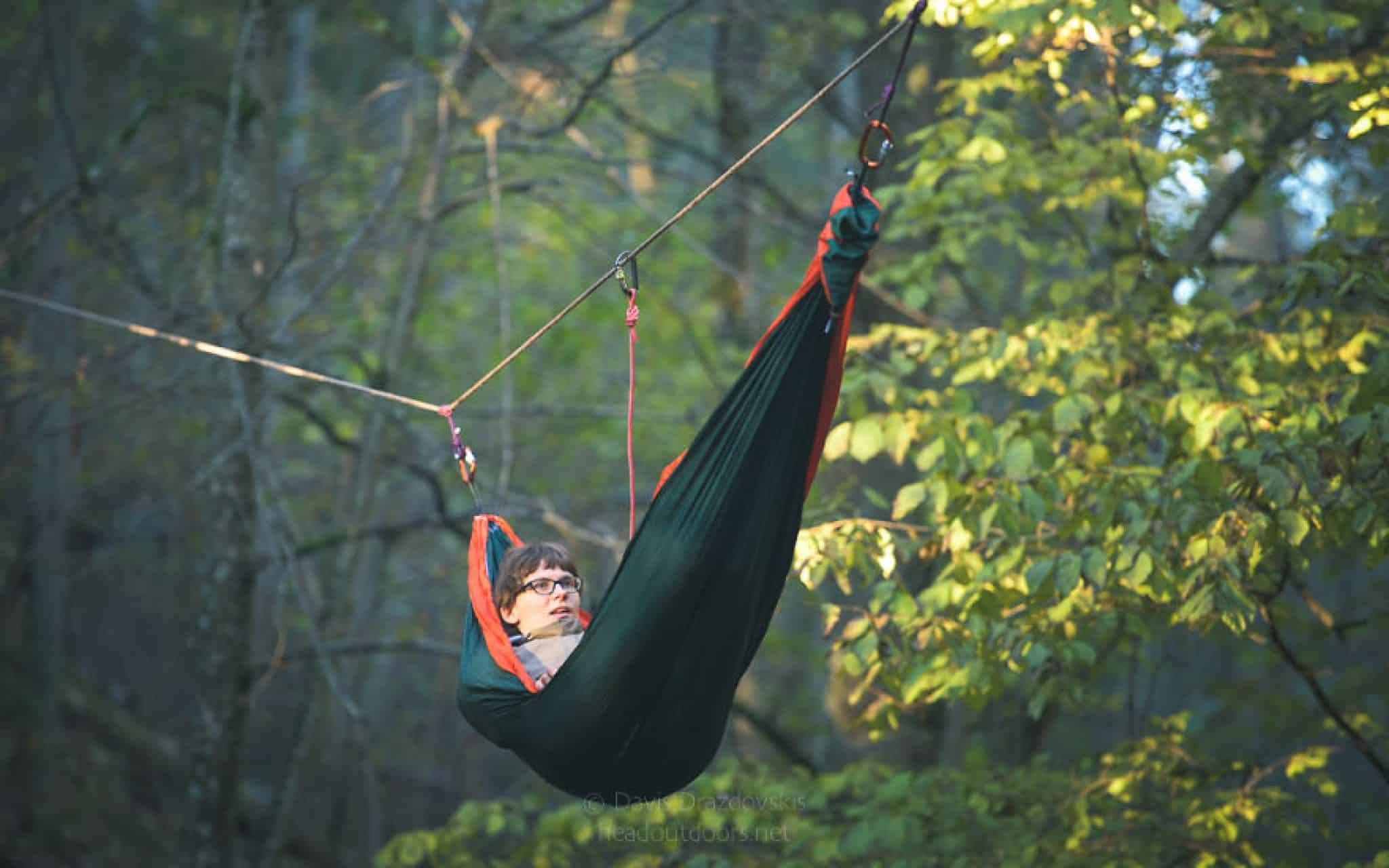

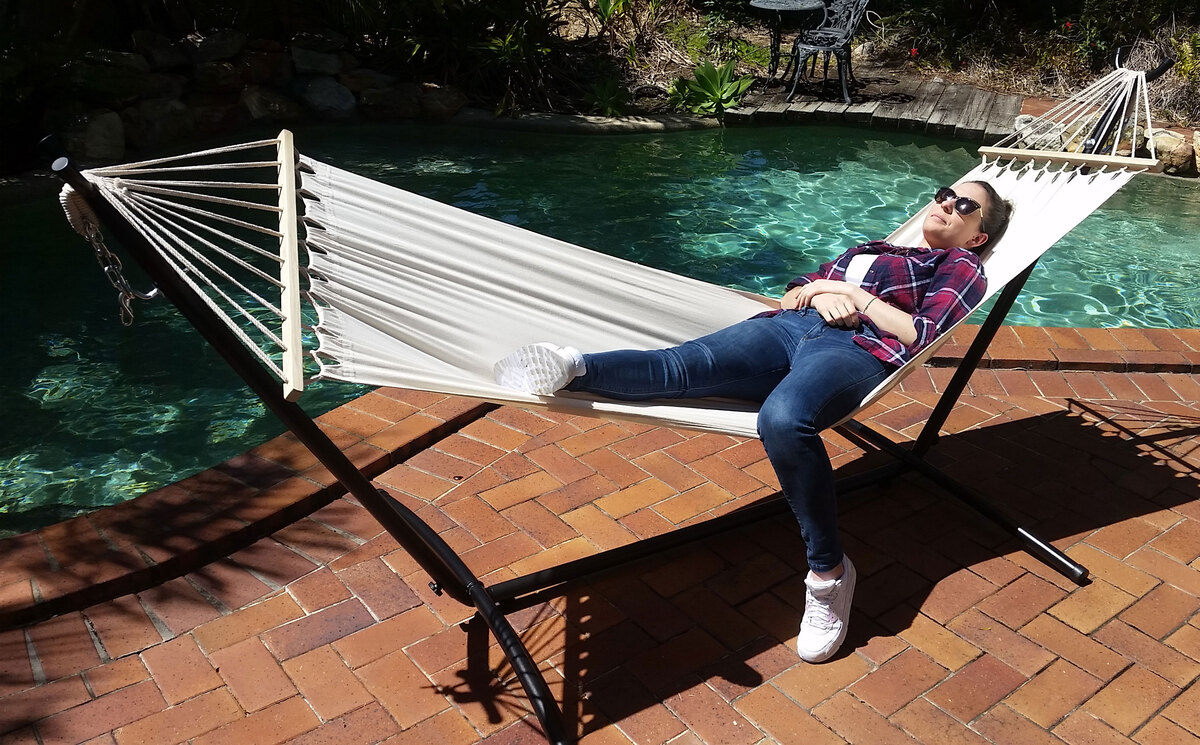
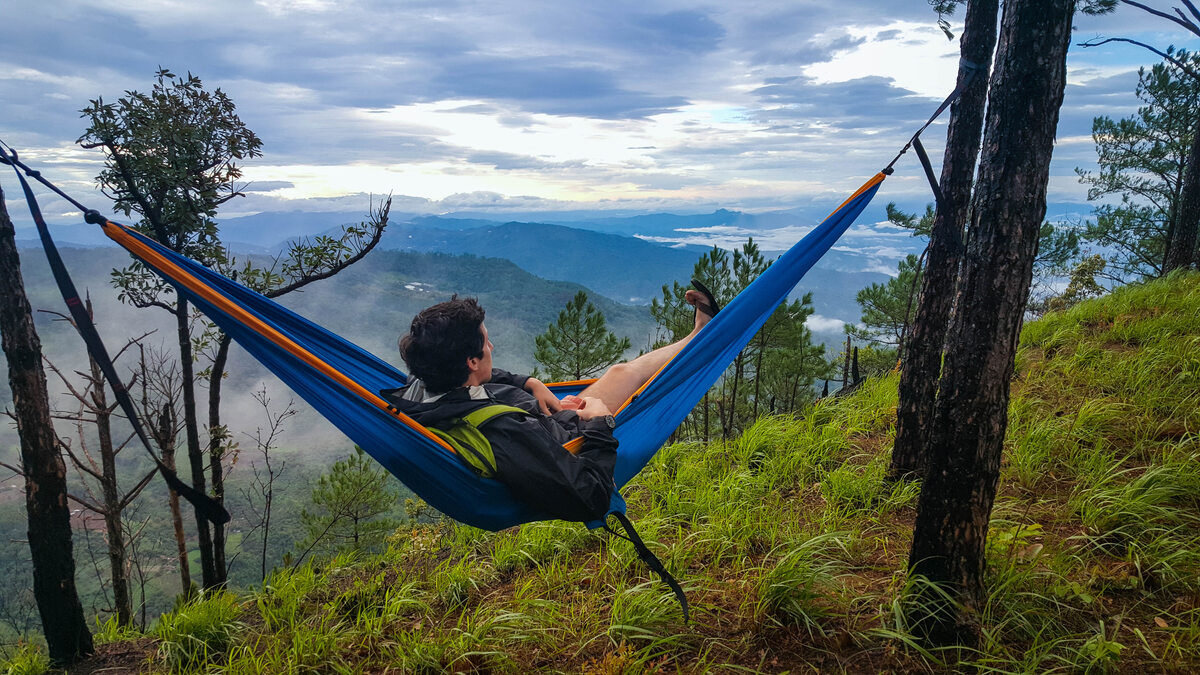

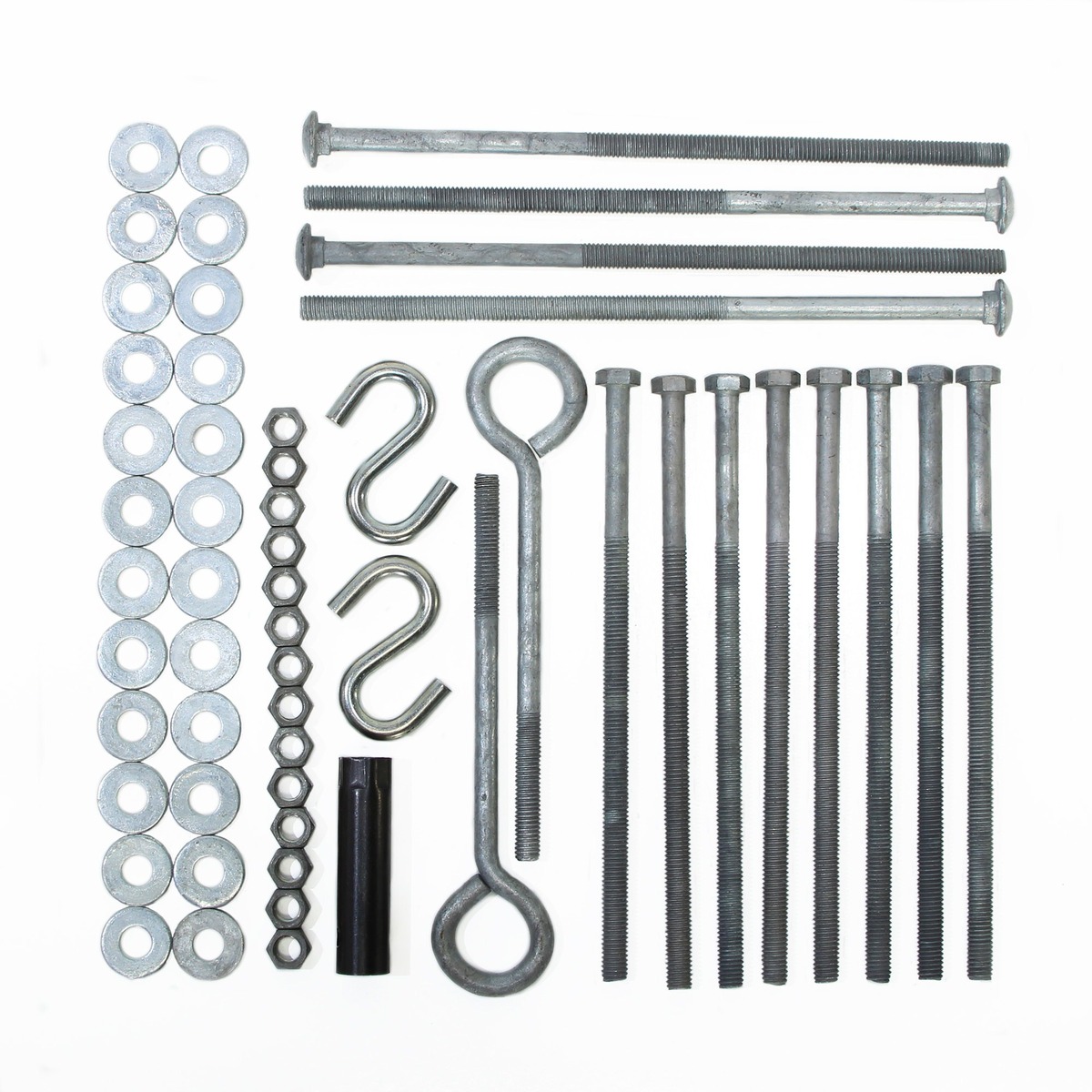
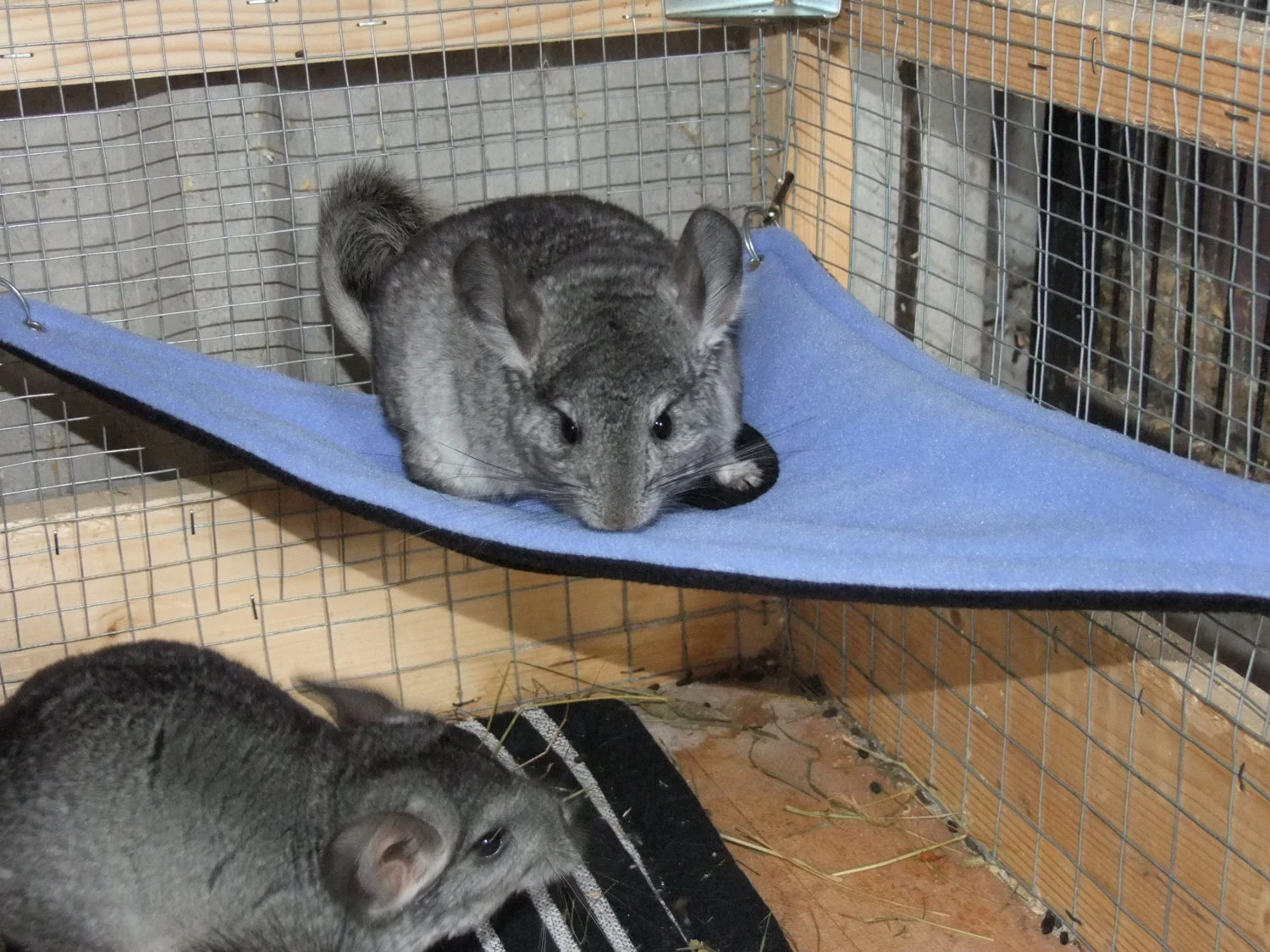
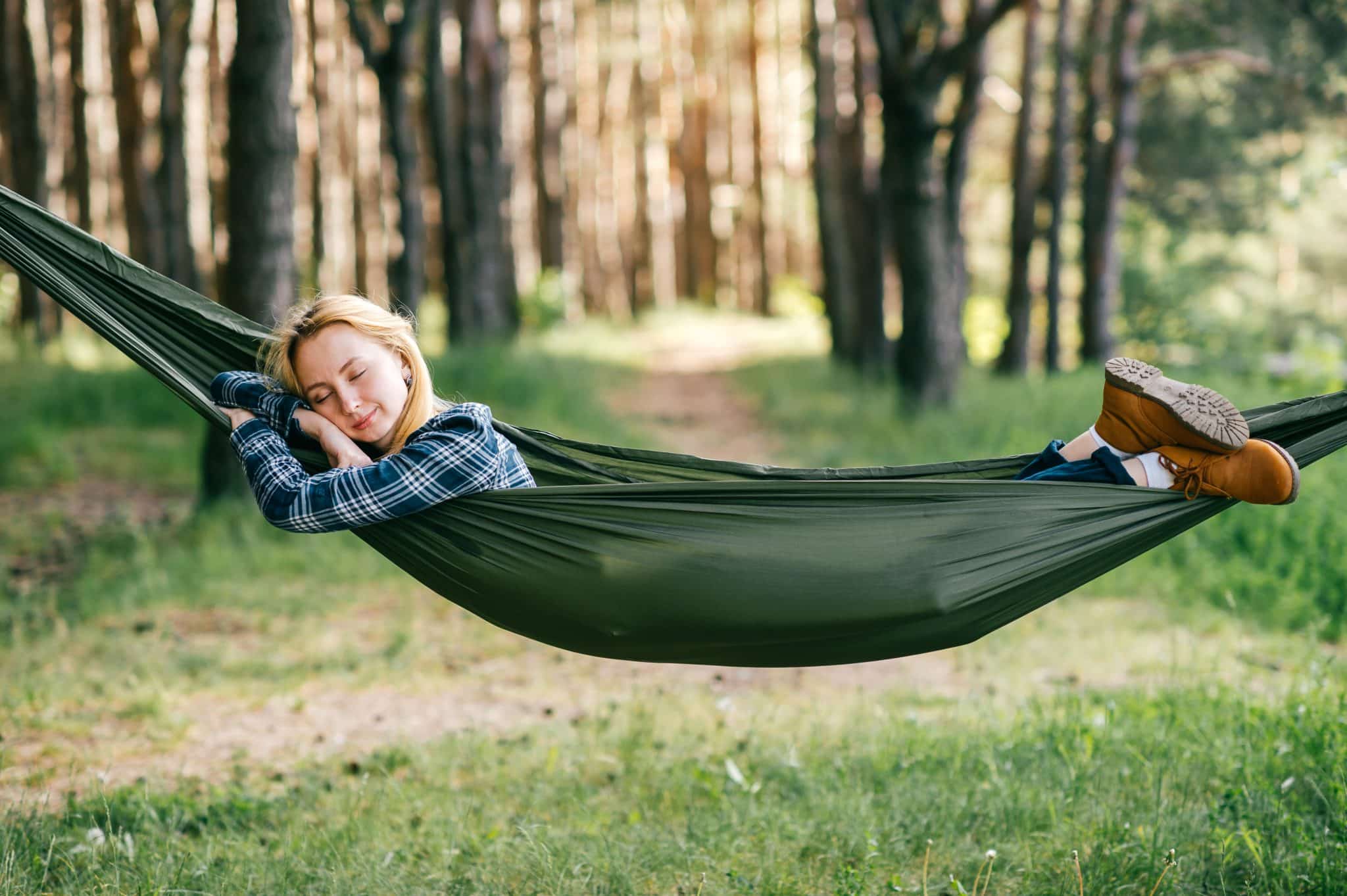
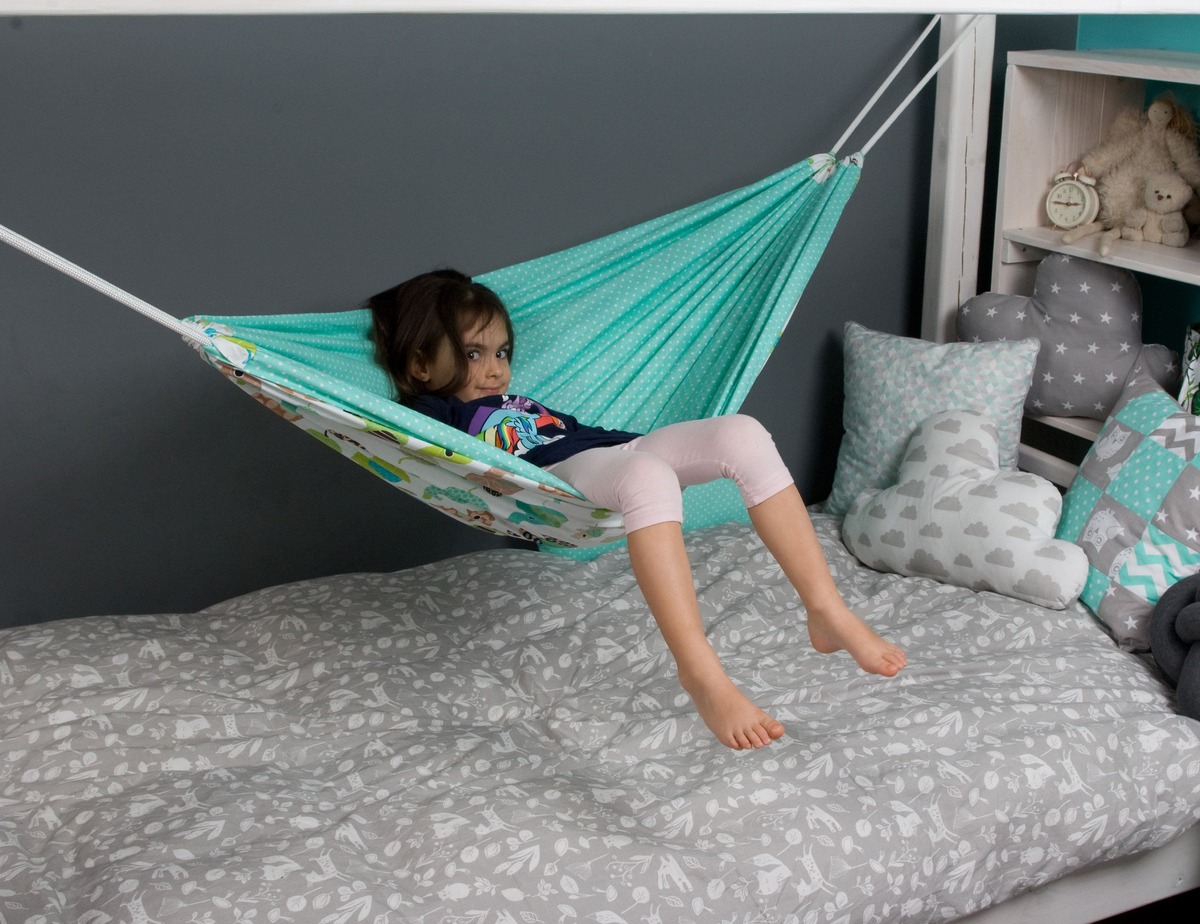
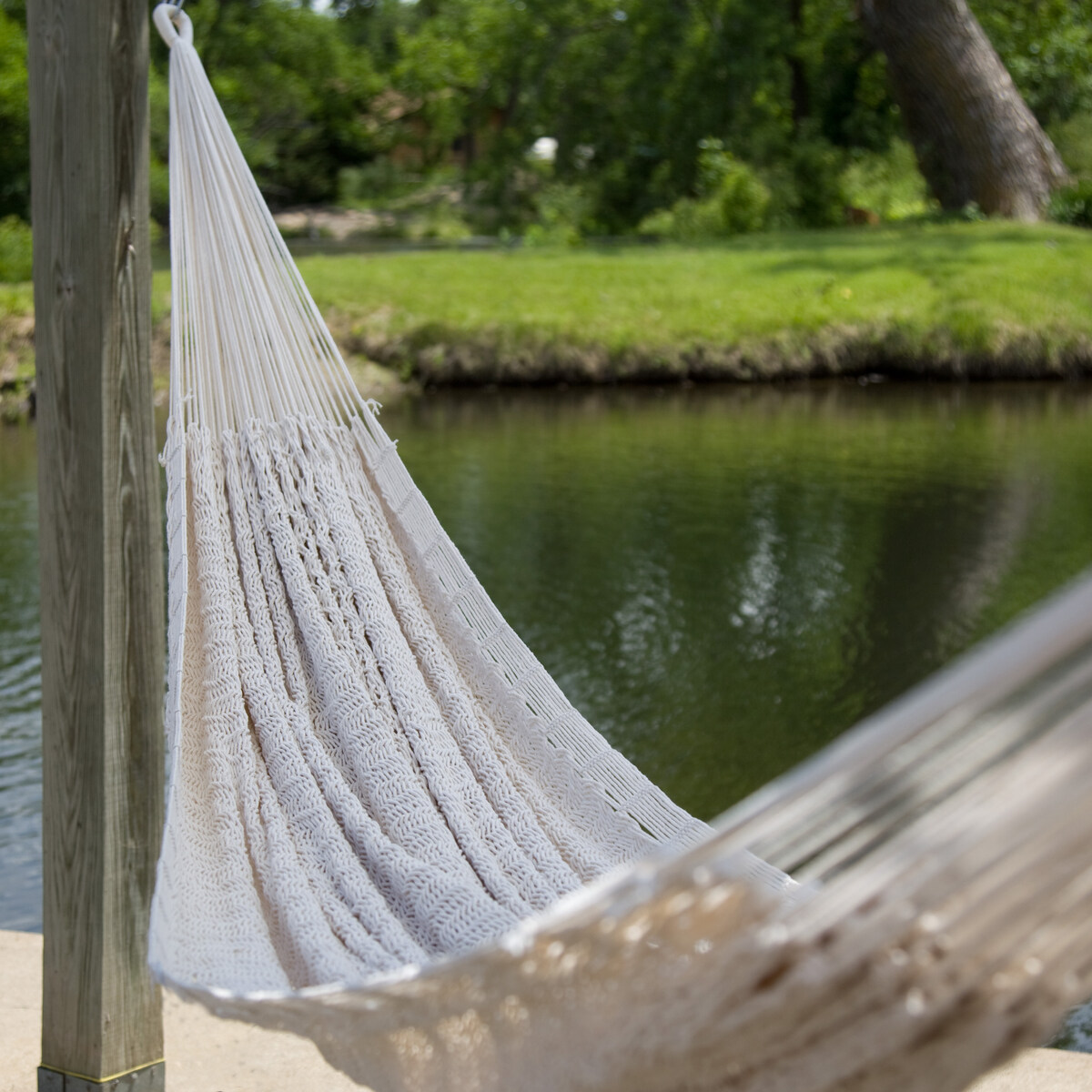
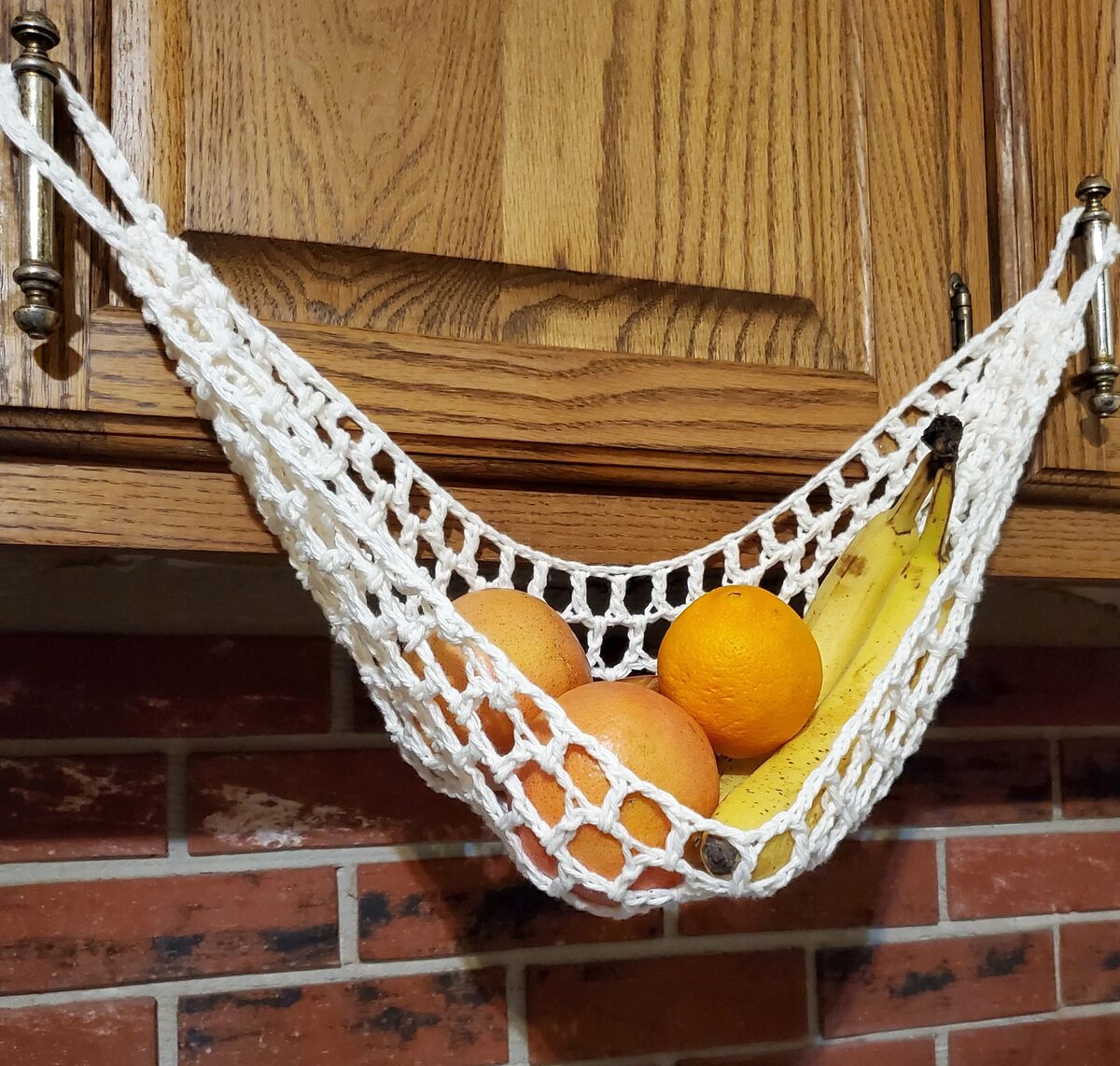



0 thoughts on “What Is The Best Camping Hammock”